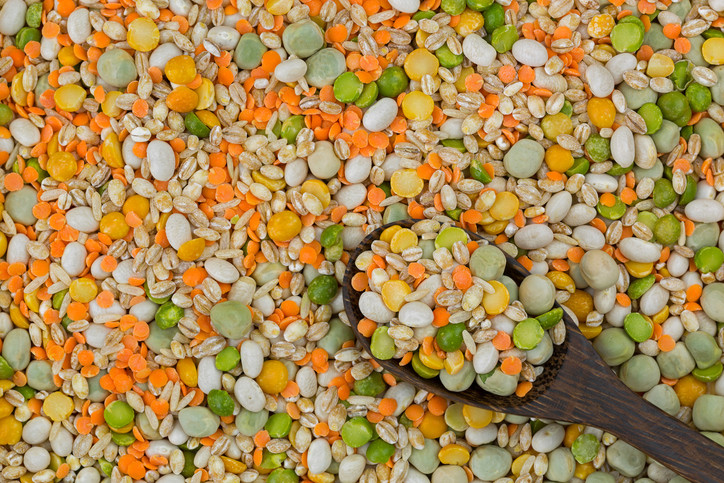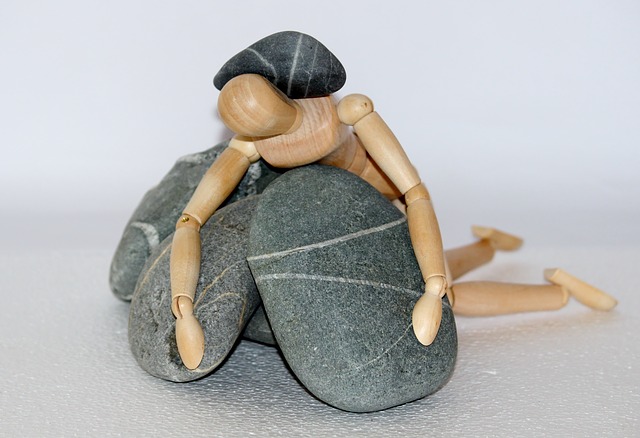Marked by researchers for its efficiency in domains reserved for heavy medicine, from now on, aloe vera won’t be confined to the role of fireman for the small, everyday booboos.

Aloe gel will do miracles to relieve insect bites, sprains, tendonitis, etc.
The taboo has fallen! The help that aloe vera gives in the treatment of certain cancers, diabetes, lupus, eczema and even AIDS is no longer only a legend. The active molecules of aloe vera will be considered from now on as a serious avenue for the most current medical research.
According to Dr. Jean-Pierre Willem, “More than 1,000 patent applications concerning active aloe vera molecules have been made by laboratories from all over the world.”
Venerated by our ancestors
Known for its legendary therapeutic properties, aloe has always been used and consumed in the hot countries where it grows wild.
Until the middle of the twentieth century, the European pharmacopoeia used aloe in the form of resin or powder, obtained by dissecting the leaf. Its active substance, aloine was recognized as a powerful laxative and an excellent vermifuge. Its bitterness brought generations of mothers to cover their children’s fingers with aloe extract to stop them from sucking their thumbs or biting their nails. Nurses used it as well; they would coat their nipples with it to wean the babies!
One found it in any good pharmacy, along with “Spanish fly powder,” which was supposed to treat impotence, aspirin to fight pain or “tiger balm” to conclude the rebel affections with “erudite medicine.”
In those days one didn’t use the internal gel or the pulp much, which the richest and most active part of the plant, because it oxidizes in contact with the air. It wasn’t until the end of the twentieth century that they succeeded in conserving it by processes that did not alter it.
Praised by researchers
The gel of aloe effectively treats insect bites, burns, scratches, cuts, digestive troubles, eczema…it has calming properties, it relieves pain, heals wounds; sports doctors use it to prevent and treat twists, sprains, tendonitis and other accidents. Aloe is a “first aid plant.”
In juice form, aloe constitutes a complimentary tonic which regulates digestive functions and reinforces deficient immune defences. Even the modern cosmetics industry is full of aloe to elaborate beauty crème, toothpaste, shampoo, deodorant, evening care, and chap-stick…!
Certain believers in the plant keep the green epidermis in their preparation, which is rich in aloine. However, most researchers warn against an overly excessive consummation of aloine.
To be consumed in moderation
The active molecules in aloes are not all known. Reported harmless, this medicinal plant doesn’t act in the same way for everyone; external usage should be punctual, moderated, and in serious cases, followed imperatively by a competent therapist.
Finally, you should know that fresh aloe vera gel doesn’t always give the expected results, following the example of allopathic medicine. The reason for these failures comes from using a species other than aloe vera barbadensis, or an immature plant, a degenerated leaf, or gel which has been overly exposed to sun, air or heat. The efficiency of the treatment also depends on its duration, mode of application, but also on the unpredictable way that the gel will react with a given organism.
Banish powders and concentrates
The recent infatuation with aloe has pushed hundreds of products onto the market. They are not all irreproachable, far from it. Products made from a base of powder or concentrate of the plant contain little actual aloe (1 to 4%) and cannot compete with those based on aloe gel naturally stabilized and close to 100% concentrated.
En aucun cas les informations et conseils proposés sur le site Soignez-vous ! ne sont susceptibles de se substituer à une consultation ou un diagnostic formulé par un médecin ou un professionnel de santé, seuls en mesure d’évaluer adéquatement votre état de santé


